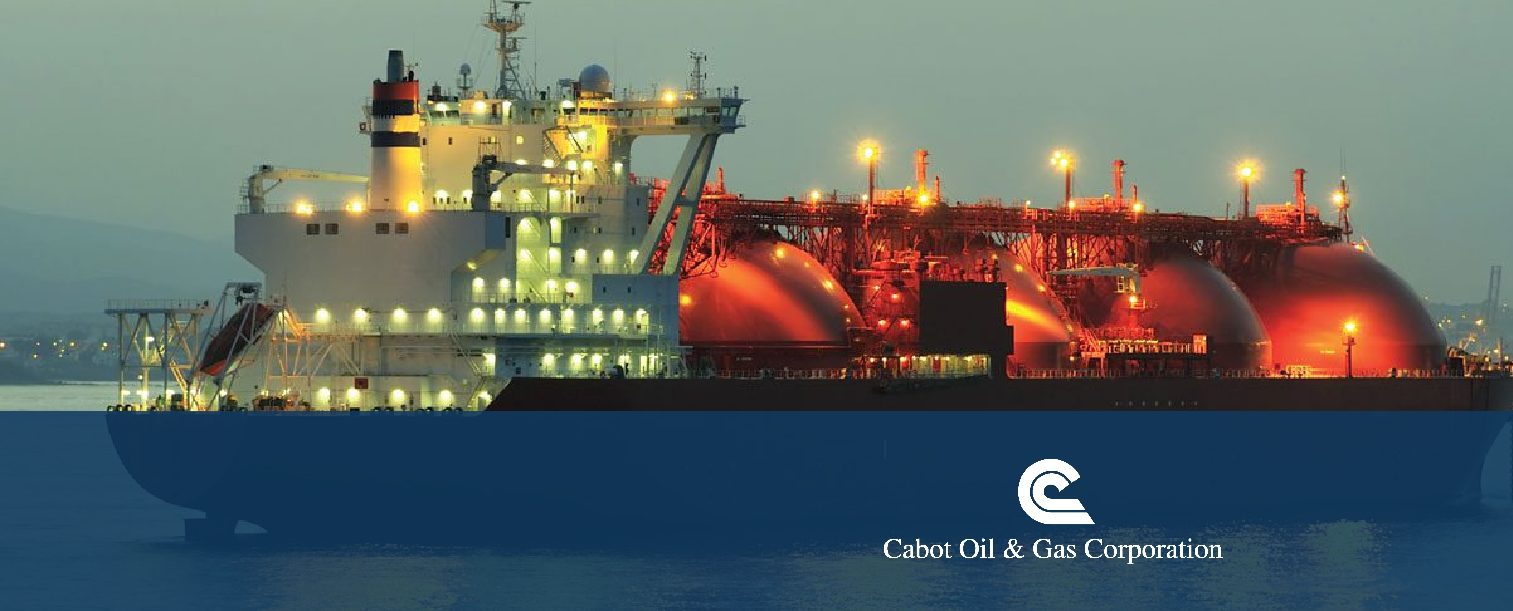Read more below from the U.S. Energy Information Administration (EIA) on the latest trends on U.S. natural gas imports and exports.
Today in Energy – May 2, 2019
United States has been a net exporter of natural gas for more than 12 consecutive months
U.S. net natural gas exports in February 2019 totaled 4.6 billion cubic feet per day (Bcf/d), marking 13 consecutive months in which U.S. natural gas exports exceeded imports. The United States exports natural gas by pipeline to both Canada and Mexico and increasingly exports liquefied natural gas (LNG) to several other countries.
Although U.S. LNG exports have grown in recent years, most U.S. natural gas exports are sent by pipeline to neighboring Canada and Mexico. Natural gas exports to Canada tend to be seasonal, increasing in the winter months because of Canada’s use of natural gas as a heating fuel in its more populous eastern provinces. In contrast, U.S. natural gas exports to Mexico are steadier, reflecting Mexico’s use of natural gas for over half of its power generation and for industrial purposes.
U.S. exports by pipeline to Canada have risen since November 2018, when the second phase of the Rover pipeline and the NEXUS pipeline entered service. These two projects bring natural gas from the Marcellus and Utica plays in the Appalachian Basin to the Dawn Hub in Ontario, Canada, near the St. Clair border crossing northeast of Detroit, Michigan. U.S. natural gas exports to Canada were 3.3 Bcf/d in February 2019, the highest on record. Overall, exports of natural gas by pipeline to Canada averaged 2.3 Bcf/d in 2018.
U.S. pipeline exports of natural gas to Mexico in 2018 averaged 5.2 Bcf/d, up from 4.2 Bcf/d in 2017. Much of the recent growth is attributed to increased U.S. exports out of the Permian Basin in western Texas as new pipelines were installed and as natural gas-fired power plant projects in Mexico entered service. Several existing pipeline expansions in southern Texas were completed during the past 12 months as well, increasing cross-border capacity.
U.S. LNG exports averaged 3.0 Bcf/d in 2018 and recently hit a high of 4.1 Bcf/d in January 2019. The volume of U.S. LNG exports rose steadily during 2018 as three new liquefaction units, called trains, entered service:
- March: A single train at the Cove Point terminal in Maryland
- November: Train 5 at the Sabine Pass terminal near the Louisiana-Texas border
- December: Train 1 at the Corpus Christi terminal in southern Texas
These three trains have a combined capacity of 1.9 Bcf/d, bringing total U.S. LNG export nameplate capacity to 4.3 Bcf/d as of the end of 2018. LNG export volumes are expected to continue to rise in 2019 as an additional 4.0 Bcf/d of liquefaction capacity is brought online by the end of the year.
EIA’s Short-Term Energy Outlook (STEO) forecasts that U.S. net natural gas exports will average 4.7 Bcf/d in 2019 and 7.5 Bcf/d in 2020, with most of the growth attributable to increases in LNG exports. However, pipeline exports of natural gas are also increasing. In three months of 2018 (September through November), the United States exported more natural gas than it imported by pipeline, in part because of the October 9, 2018 explosion on the Westcoast pipeline in British Columbia that led Canada to restrict natural gas imports into Sumas, Washington. According to STEO forecasts, the United States will become a net exporter of natural gas by pipeline on an annual basis in 2019.
U.S. EIA Natural Gas Weekly Update for the week ending April 3, 2019.
United States has been a net exporter of natural gas for more than 12 consecutive months
According to EIA’s most recent publication of the Natural Gas Monthly, U.S. net natural gas exports in January 2019 totaled 2.3 billion cubic feet per day (Bcf/d), marking 12 consecutive months where U.S. natural gas exports exceeded U.S. imports. Preliminary data from PointLogic Energy indicate that this trend continued through February and March 2019. Exports from the United States via pipeline to both Canada and Mexico, as well as U.S. exports of liquefied natural gas (LNG), were all at or near record highs as of January 2019.
U.S. LNG exports totaled 4.1 Bcf/d in January 2019, marking the third consecutive month where a new record high was reached. The volume of U.S. LNG exports rose steadily during 2018 as three new liquefaction units, called trains, totaling 1.9 Bcf/d capacity, entered service:
- A single train at the Cove Point terminal in March 2018
- Train 5 at the Sabine Pass terminal in November 2018
- Train 1 at the Corpus Christi terminal in December 2018
LNG export volumes are expected to continue to rise in 2019 as an additional 4 Bcf/d of liquefaction capacity is brought online by the end of the year.
EIA’s Short Term Energy Outlook forecasts U.S. net natural gas exports to average 5.6 Bcf/d in 2019 and grow by another 50% in 2020, led mostly by the growth in LNG exports as three new LNG facilities will be commissioned in the next two years.





